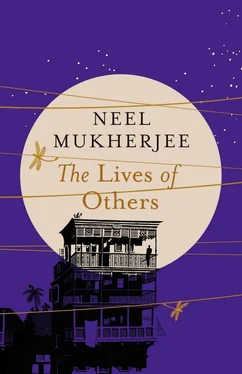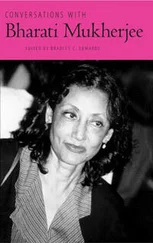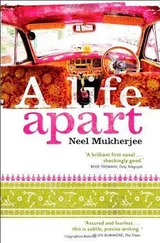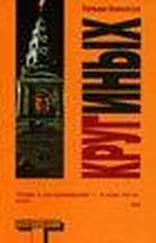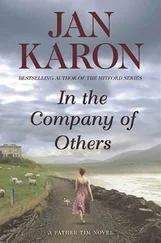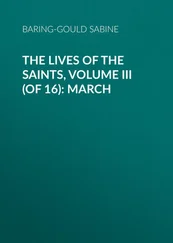When Prafulla could bring himself to narrate these events in his later life, he would always include the sentence, ‘The embers of my father’s funeral pyre had hardly died out before my older brother and his wife booted me out of my home.’
It was to Chitta-babu that Prafulla turned after his dramatic departure from Garpar. Chitta-babu had put him in touch with Chunilal Saha, a paper merchant who owned a small shop in Old China Bazaar Street. Chunilal, an ageing, frail man, had long been looking for a reliable and hard-working assistant to run the business with, and possibly to include in a partnership — Chunilal was an only son and he had no male heirs, only a daughter — and the arrival of Prafulla appeared to be felicitously timed. That he was a scion of the famous Ghoshes of Garpar expedited matters greatly; questions about trust and reliability simply did not arise.
Prafulla, in two years, had mastered all there was to be learned about paper retailing. Business ran in his blood, Chunilal noted admiringly. The Great War had just ended when Prafulla joined C.L. Saha and trade was depressed. A lot of the paper they sold to the Bengali market was manufactured in Europe, but no entirely Indian outfit could directly import that paper; it had to be done through English firms that had offices in Calcutta. Besides, the war had put an end to any import from the countries that had comprised the Central Powers. Prafulla, a young man of growing intuitive skills, did a shrewd pincer movement. First, he concentrated on the indigenous side of things. The output of the native paper mills — Titagarh, Upper India Cooper in Mohulla-Masjidbagh, Bengal Paper Mill in Raniganj, the recently opened Indian Paper Pulp in Hajinagar — was very low and the quality of the paper they produced was erratic. Prafulla decided to make C.L. Saha an agent of these mills and push their products in the market; they would be priced significantly lower than imported paper. It kept down costs while creating goodwill with the mill owners, something that Prafulla was convinced would come in useful one day.
Second, in order to reduce overheads further, Prafulla threw himself into the business of establishing first-hand contacts with foreign exporters, bypassing the English companies, which had previously acted as intermediaries. In the teeth of fierce opposition from these interests, he managed slowly, over a period of nearly two decades, to build up a direct relationship with a fair few of these exporters.
Towards the end of 1919, Chunilal was diagnosed with lung cancer and given less than six months to live. He said to Prafulla, ‘You were sent by Him so that my daughter doesn’t find herself in deep water after I leave this world. I would like you to marry Charubala and take over the business. You were sent to me for this purpose, I know it in my bones.’
Two months after Prafulla married Charubala in February 1920, her father died. Chitta-babu, who had been fired from Ghosh Gold Palace shortly after Prafulla’s departure, reminded the young man that he had two bighas twelve kathas of land in his name left to him by his grandfather, Mahendra Nath Ghosh, and which had been held in trust for him until he reached the age of twenty-one; it was now his, to do with it whatever he wanted. Prafulla sold the land and channelled the money into the paper business. He also changed the name: C.L. Saha became Charu Paper Company (Pvt. Ltd) on 29th January 1921, a date ingrained for ever in his memory because of the drama leading to the birth of his first son, Adinath, that very day.
Charubala had gone into labour the day before and although, as a man, Prafulla was not allowed anywhere near the delivery room, he remembered the anxiety caused by the inability that day to find a midwife or a doctor, or even a single vehicle on the roads to take her to the nearest hospital, should the need have arisen: the Duke of Connaught was visiting Calcutta to promote the Raj’s idea of diarchy and the Congress had called a hartal; the city had been in absolute shutdown. He had fretted and bitten his fingernails and paced up and down, and prayed and made bargains with a whole raft of gods and goddesses; and, in the interstices of all this nervous vigour, imagining cloudily — he could not be said to have been very literate about natal matters — the rope of the umbilical cord coiled around his child’s blue neck or his wife haemorrhaging to death, he had cursed the Congress, raged and stormed that it did not matter a jot, this business of freeing a nation and all such grand dreams and designs, if they put ordinary people in harm’s way to get to their destination. After a long, difficult labour, mother and child had both survived and Prafullanath, in relief and joy, had come over all effusive, giving a name to his firstborn and his new company — all his now — in a purposeful act of joint naming; Adinath and the Charu Paper Company (Pvt. Ltd) were twins.
The new company was a new direction for him too. Prafullanath had been thinking seriously for a while, even during his father-in-law’s lifetime, of moving the business away from being a paper agency into paper-manufacturing fully. He knew too that being both an agent and a novice owner of paper-making factories was an impossible exercise in acrobatics, like sitting on two horses; it would stretch him to the limit just to keep himself from falling. Now that Charu Paper was beginning to acquire power, it could suggest to the mills it agented that they should stop producing, say, four or five different kinds of paper in order to compete with the bigger mills and concentrate instead on the types of paper for which there was less competition among producers. If this should have the unintended consequence of making those factories uncompetitive and underproductive, creating losses and bringing down their value, then Prafullanath could snap them up at much-depreciated prices. It was in this way that he acquired, in 1923, his first mill, with a capacity of 75 TPD, in Memari in Bardhaman district. Charu Paper was no longer solely a paper agent. Two years later, Prafullanath bought what was to be the biggest mill of his business career, just outside the town of Bali, with an output that was twice that of Ghosh Paper Mill in Memari.
In 1927, the Ghoshes, now a family of seven (including Madan), too large to stay on in Charubala’s childhood home in Jadunath Dey Road in Baubazar, sold the house and, in a move unheard of amongst North Calcuttans, moved to the southern area of Bhabanipur, to a four-storey residence on Basanta Bose Road. Prafullanath never mentioned it to anyone, not even to his wife, but he wanted to put as great a distance as possible between himself and the house where he had been born and where he had lived until the age of nineteen; if that meant moving to the newer south of the city, an area much looked down upon by the inhabitants of North Calcutta, then he was willing to do that too. The new house was enormous and he had acquired it quite cheaply from an acquaintance of a business associate because the family was in some hurry to sell; it obviated the need to buy land and the 101 problems attendant on building on it, which was the usual pattern. Besides, Bhabanipur was salubrious, leafy, wealthy — a lot of Marwaris were moving there — and was relatively distant from Muslim areas, which Baubazar was not quite. It was the southern edge of Bhabanipur, admittedly, almost shading into Kalighat, but at least it was north of Hazra Road, just; Bhabanipur was acceptable even to North Calcuttans.
Prafullanath had inherited his father’s almost superhuman capacity for work; it was certainly of the order not seen or heard of among Bengalis. The mills that he had bought were weak creatures, stertorously gasping their way to imminent extinction. Their output was an ideal figure; in reality, they churned out around 125 TPD together. He worked out that one way to resuscitate them would be to have them make their own pulp, instead of buying their raw material from the pulp industry, a method that pushed up overheads. He installed hydrapulpers in both his mills and made them integrated factories. They bought wastepaper from the open market, made their own pulp and fed it to the cylinder mould or Fourdrinier machines to make the particular kind of paper that each mill specialised in.
Читать дальше
